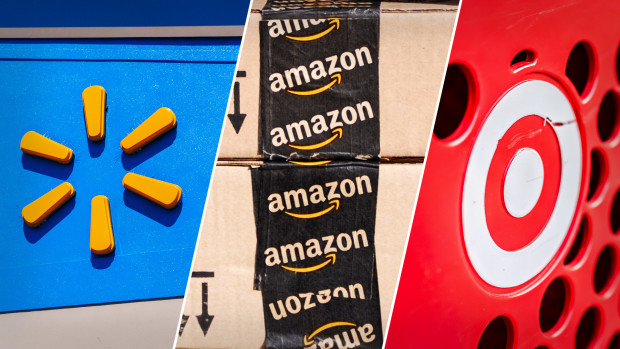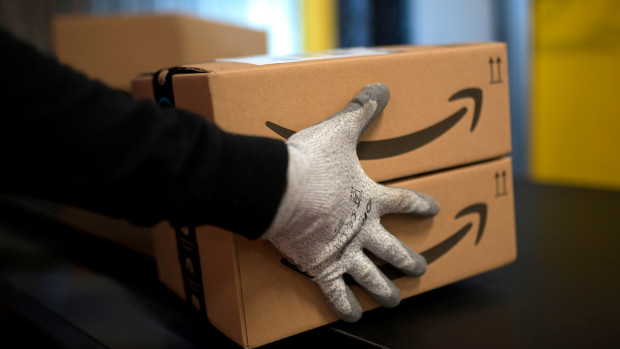
Amazon set the standard for delivery for retailers -- but the height of that bar has often risen, and with increased customer expectations have come higher costs.
The e-retail leader pioneered free two-day delivery, which it offers to Prime members -- people who pay $139 a year for the service (you can get a free 30-day trial, too) -- and customers who spend at least $25 on an order.
DON'T MISS: Iconic American retailer reportedly ready to file bankruptcy
And for a long time two-day shipping was the bar. It was incredibly fast compared with previous delivery standards. Before Amazon (AMZN) -) people routinely ordered items from TV commercials or by calling phone numbers, and those orders literally took weeks to arrive.
Amazon has also been inconsistent with the dollar value non-Prime members need to spend in order to get free two-day shipping. The number climbed to $49 in 2016, then dropped to $35 the following year. It fell to $25 as Walmart (WMT) -) stepped up its digital game.
Now, two-day shipping has become the minimum and not the top standard. Walmart offers customers same-day delivery on groceries, as does Target (TGT) -) through its Shipt service.
Offering quick delivery is not cheap and Prime's subscription fee underwrites some of those costs. (Walmart+ membership is $98 a year.) People who don't pay for Prime, however, have been getting a better deal than the one Walmart offers.
Walmart asks a $35 minimum order from people who are not Walmart+ members but want free shipping. That's $10 higher than Amazon's threshold, but the online leader has been selectively testing raising its own minimum back to $35.

Image source: Getty Images.
Amazon tests change to delivery offering
While raising the order amount to enable free delivery seems small, it's likely a key factor for customers who have opted not to pay for Prime or Walmart+.
This audience is likely highly price sensitive and Amazon raising its free shipping minimum to match Walmart's will likely lead to more of that audience shopping both brands.
Amazon has not made the change nationwide. Instead, it's testing it in select markets.
"The testing will apply to some customers in randomly generated markets, and raising the price could drive more customers to sign up for Prime," Geekwire reported.
In recent months Amazon has taken numerous steps to lower its costs including laying off thousands of workers. The chain has also closed all its non-food retail stores and has slowed its expansion into the brick-and-mortar grocery space.
ALSO READ:
- Man's Over-the-Top Taco Bell Hack Is a Sight to Behold
- Vegas Local Lists 5 Worst Resorts Tourists Should Avoid
Amazon's struggles are relative
Most companies only dream about "struggling" the way Amazon has. For the second quarter the retailer and technology leader reported $134.4 billion in revenue and $7.7 billion in operating profit, both of which exceeded the top ends of its guidance ranges.
Those are impressive numbers, but Chief Executive Andy Jassy made clear during his company's second-quarter-earnings call that cutting costs remains a focus.
"I'll start with our ongoing effort to lower our costs to serve in our stores' fulfillment network. Q2 saw another meaningful improvement in this area as we have steadily made progress the last several quarters," he said.
"Central to our efforts has been the decision to transition our stores' fulfillment and transportation network from one national network in the United States to a series of eight separate regions serving smaller geographic areas."
Jassy said those efforts are working -- and he snapped back at critics.
"Regionalization is working and has delivered a 20% reduction in number of touches for our delivered package, a 19% reduction in miles traveled to deliver packages to customers, and more than a 1,000-basis-point increase in deliveries fulfilled within region, which is now at 76%...," he said.
"Sometimes I hear people make the argument that Amazon is chasing faster speed while driving its costs higher and where it doesn't matter much to customers. This argument is incorrect."
Get investment guidance from trusted portfolio managers without the management fees. Sign up for Action Alerts PLUS now.







